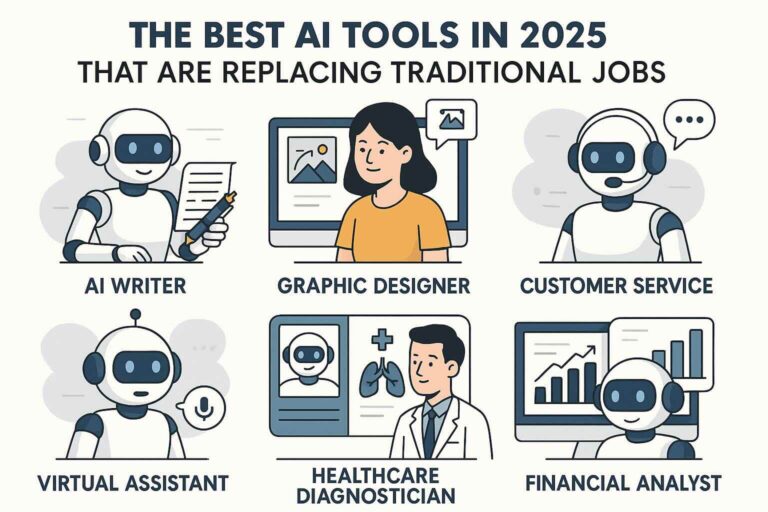In today’s data-driven world, data science stands at the forefront of innovation, powering decisions in every sector from healthcare to finance. If you’re a fresher aspiring to dive into this exciting field, you’ve come to the right place. This comprehensive guide will equip you with the essential knowledge, skills, and strategies to launch a successful career in data science.
1. Understanding Data Science
1.1 What is Data Science?
Data science is an interdisciplinary field that utilizes scientific methods, algorithms, and systems to extract insights and knowledge from structured and unstructured data. It combines expertise in statistics, mathematics, and computer science to analyze and interpret complex data.
1.2 The Role of a Data Scientist
A data scientist’s role is multifaceted, involving:
- Data Collection: Gathering data from various sources like databases, APIs, or web scraping.
- Data Cleaning: Ensuring data quality by handling missing values, outliers, and inconsistencies.
- Data Analysis: Applying statistical techniques to uncover trends and patterns.
- Model Building: Creating predictive and descriptive models using machine learning algorithms.
- Communication: Presenting findings through visualizations and reports to inform business decisions.
2. Essential Skills for Data Scientists
2.1 Programming Languages
- Python: The most popular language in data science, known for its simplicity and powerful libraries (NumPy, Pandas, Scikit-Learn, TensorFlow).
- R: Preferred for statistical analysis and data visualization.
- SQL: Crucial for database management and querying data.
2.2 Statistics and Mathematics
- Probability and Statistics: Foundation for data analysis and machine learning.
- Linear Algebra and Calculus: Essential for understanding machine learning algorithms and model optimization.
2.3 Data Manipulation and Analysis
- Pandas: For data manipulation and analysis in Python.
- NumPy: For numerical computations and handling large datasets.
2.4 Data Visualization
- Matplotlib and Seaborn: Python libraries for creating informative and attractive visualizations.
- Tableau: A powerful tool for creating interactive dashboards and reports.
2.5 Machine Learning
- Scikit-Learn: A comprehensive library for implementing a wide range of machine learning algorithms.
- TensorFlow and Keras: Libraries for deep learning and building neural networks.
3. Educational Pathways
3.1 Formal Education
- Bachelor’s Degree: Degrees in computer science, statistics, mathematics, or related fields provide a strong foundation.
- Master’s Degree: Specialized programs in data science or analytics can deepen your knowledge and enhance employability.
3.2 Online Courses and Certifications
- Coursera: Offers courses and specializations from top universities (e.g., “Data Science” by Johns Hopkins University).
- edX: Provides courses from leading institutions (e.g., “Data Science MicroMasters” by UC San Diego).
- Udacity: Offers nanodegree programs focused on practical skills (e.g., “Data Scientist Nanodegree”).
4. Building Your Data Science Portfolio
4.1 Personal Projects
Personal projects demonstrate your skills and passion for data science. Consider:
- Analyzing Public Datasets: Explore datasets from Kaggle, UCI Machine Learning Repository, or government databases.
- Participating in Competitions: Join Kaggle competitions to solve real-world problems and gain practical experience.
4.2 Blogging and Sharing
- Medium: Write articles about your projects, tutorials, and data science concepts.
- GitHub: Share your code and projects to build a portfolio that potential employers can review.
4.3 Internships
Internships provide hands-on experience and exposure to real-world data science tasks. Look for opportunities at tech companies, startups, or research institutions.
5. Gaining Experience
5.1 Entry-Level Positions
Start with roles such as data analyst or junior data scientist to gain practical experience. Look for positions that offer mentorship and the opportunity to work on diverse projects.
5.2 Networking
Building a professional network can open doors to job opportunities and provide valuable industry insights. Attend industry conferences, join online forums, and connect with data scientists on LinkedIn.
6. The Data Science Workflow
Understanding the typical workflow of a data science project is crucial for success:
6.1 Problem Definition
Clearly define the problem you want to solve and understand the business context.
6.2 Data Collection
Gather relevant data from various sources. This could include databases, APIs, or web scraping.
6.3 Data Cleaning
Clean the data to remove any inconsistencies, missing values, or errors.
6.4 Exploratory Data Analysis (EDA)
Explore the data to understand its structure, distribution, and relationships between variables. Use visualizations to identify patterns and insights.
6.5 Feature Engineering
Create new features or modify existing ones to improve the performance of your models.
6.6 Model Building
Select appropriate machine learning algorithms and build models to solve the problem.
6.7 Model Evaluation
Evaluate the performance of your models using metrics like accuracy, precision, recall, and F1-score. Perform cross-validation to ensure robustness.
6.8 Model Deployment
Deploy the model to a production environment where it can be used to make predictions on new data.
6.9 Monitoring and Maintenance
Continuously monitor the model’s performance and update it as needed to maintain accuracy over time.
7. Soft Skills for Data Scientists
In addition to technical skills, soft skills are essential for a successful career in data science:
7.1 Communication
Effectively communicate your findings and insights to non-technical stakeholders. Use clear visualizations and avoid jargon.
7.2 Problem-Solving
Approach problems methodically and think critically to find innovative solutions.
7.3 Collaboration
Work effectively in teams, often with people from different backgrounds and expertise.
7.4 Curiosity
Stay curious and continuously learn about new tools, techniques, and industry trends.
8. Keeping Up with Industry Trends
The field of data science is constantly evolving. Stay updated with the latest trends and advancements:
- Read Blogs and Articles: Follow data science blogs and websites like Towards Data Science, KDnuggets, and Analytics Vidhya.
- Attend Webinars and Conferences: Participate in events like the Strata Data Conference, KDD, and PyData.
- Join Online Communities: Engage with the data science community on platforms like Reddit, Stack Overflow, and GitHub.
Conclusion
Embarking on a career in data science is a rewarding journey that requires a combination of technical skills, practical experience, and continuous learning. By following this comprehensive guide, freshers can build a strong foundation in data science and embark on a successful career in this dynamic field. Stay curious, keep learning, and embrace the exciting opportunities that data science has to offer.
References
- Grus, J. (2019). Data Science from Scratch: First Principles with Python. O’Reilly Media.
- VanderPlas, J. (2016). Python Data Science Handbook: Essential Tools for Working with Data. O’Reilly Media.
- McKinney, W. (2017). Python for Data Analysis: Data Wrangling with Pandas, NumPy, and IPython. O’Reilly Media.
- Géron, A. (2019). Hands-On Machine Learning with Scikit-Learn, Keras, and TensorFlow: Concepts, Tools, and Techniques to Build Intelligent Systems. O’Reilly Media.
- Hastie, T., Tibshirani, R., & Friedman, J. (2009). The Elements of Statistical Learning: Data Mining, Inference, and Prediction. Springer.
Additional Tips
1. Stay Organized: Keep a journal of your learning journey, noting down key insights, resources, and ideas for projects.
2. Seek Feedback: Regularly seek feedback on your work from peers, mentors, and the data science community to continuously improve.
3. Set Goals: Set short-term and long-term goals for your learning and career progression. This will help you stay focused and motivated.
By following these steps and continually refining your skills, you’ll be well on your way to becoming a successful data scientist.











